In a world where bustling metropolises often steal the spotlight, Montana stands as a testament to the beauty of wide-open spaces and unspoiled wilderness.
But what about its population? Is Montana brimming with residents seeking solace in its breathtaking landscapes, or is it a quiet haven nestled among its mountain ranges?
What factors contribute to its unique demographic makeup? And what are the implications of its population figures?
The answers to these questions lie within this article.
- Related article: Is Montana a Good Place to Live
So whether you’re a curious traveler seeking a serene getaway or a resident passionate about understanding your state’s dynamics, this exploration of Montana’s population will leave you enlightened and inspired.
Are you ready to unravel the mysteries behind Montana’s population figures? Let’s get going!
Montana’s Land Area and Population Density
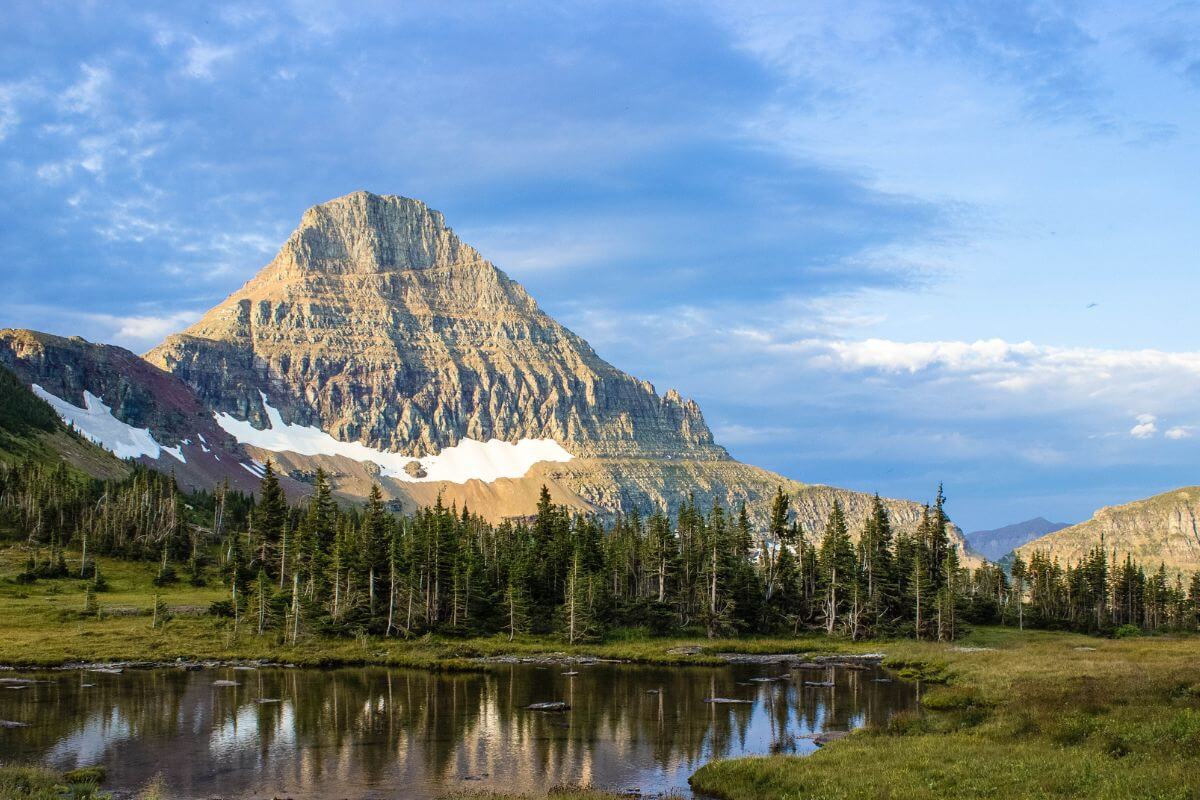
With its expansive land area of 147,040 square miles, it might be surprising to learn that Montana’s population density is only 6.86 people per square mile.
This low population density can be attributed to the presence of magnificent mountain ranges, shimmering lakes, and breathtaking national parks spread across this vast expanse of land.
Montana’s outstanding natural beauty owes much to these natural wonders, which also contribute significantly to its sparse population.
Its rugged terrain, vast plains, forests, and sprawling mountains entail limited economic opportunities outside of agriculture and mining.
Despite being the 4th largest state in the US in terms of land area, Montana ranks 48th in population density among US states.
It is less densely populated than North Dakota and many other states in North America.
- Read more about Montana’s Population Stats
Montana’s allure, akin to the appeal of Canadian Provinces and South Dakota, lies in its natural recreation opportunities and vast open spaces.
These features attract both residents and visitors, seeking solace in its unspoiled wilderness.
Whether you want to experience the majesty of Yellowstone National Park or Glacier National Park or simply revel in the wide-open landscapes, Montana offers a much-needed respite from the hustle and bustle of more populous cities.
Montana Population Demographics: A Breakdown
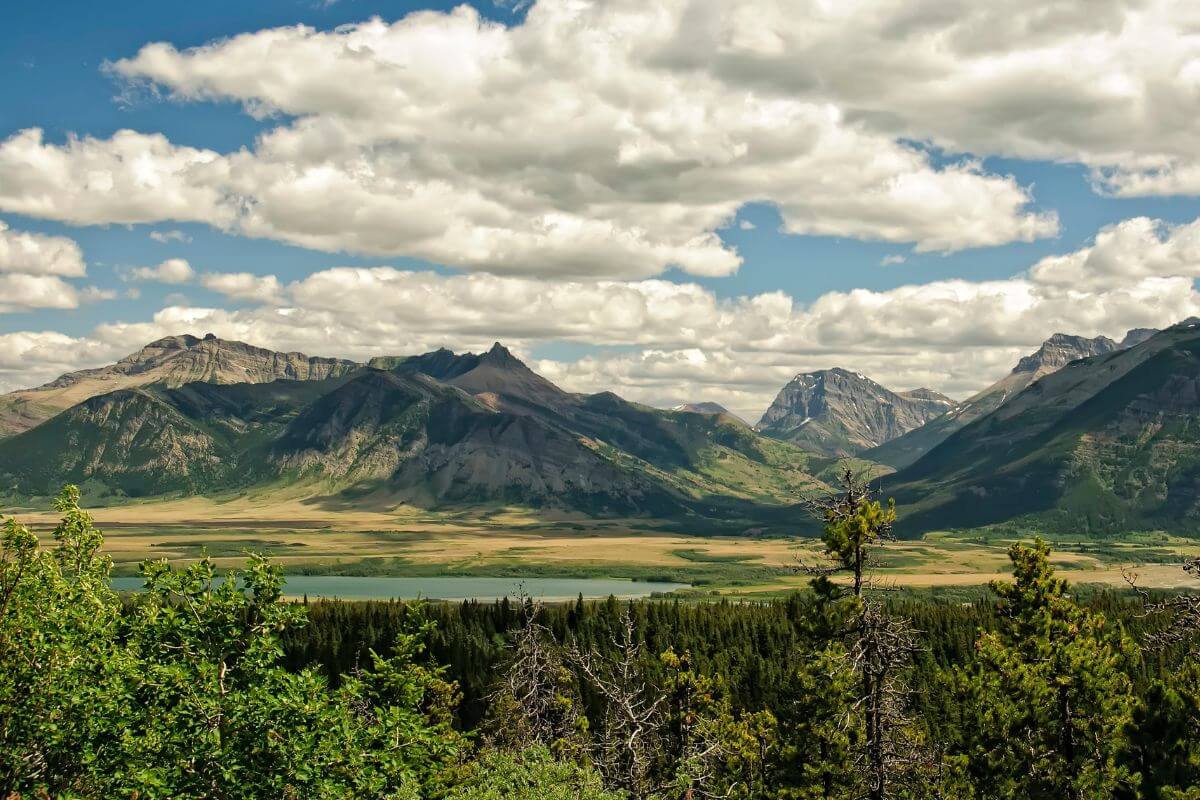
From racial diversity and educational attainments to age and gender demographics and religious affiliations, let’s analyze each facet to gain a better understanding of Montana’s multifaceted population.
Montana Population Demographics by Race

Montana is a state with a diverse population, and understanding its demographic breakdown is essential to appreciating its cultural tapestry.
According to the US Census Bureau as of July 1, 2022, the state’s population consists of various racial groups.
The largest racial group in Montana is White Americans, making up 88.7% of the population.
Many white Montanans trace their roots back to European countries like Germany, France, Ireland, Italy, Russia, and Poland. This heritage has contributed to the state’s rich cultural mosaic.
Native Americans are another significant racial group in Montana, accounting for 6.5% of the population. Their presence reflects the land’s history and connection to its indigenous roots.
The state’s proximity to reservations and the efforts to preserve Native American tribes and traditions make it a culturally significant place for Native American communities.
Montana’s black population makes up 0.6%, while the Asian American population stands at 1.1%. These communities bring their unique traditions, perspectives, and contributions to the state’s diverse fabric.
The region also embraces other racial groups, as individuals of two or more races comprise 3% of the population collectively.
The state’s population is known for its rich diversity, yet white people remain the majority, accounting for 85.3% of the population when excluding Hispanic or Latino individuals.
As Montana continues to grow and evolve, demographic trends may shift to reflect more inclusivity over time.
Montana Population Demographics by Age

Montana’s population demographics reflect a wide range of age groups.
According to the US Census Bureau, 5.1% of Montana’s population is under 5 years old, while 20.8% is under 18 years old. Additionally, 20% of its population is 65 years and over.
When considering the composition of the population under 5 years old, it is crucial to focus on their well-being and nurturing.
By providing them with a safe and supportive environment, we can help shape their future and foster a strong foundation for their growth.
For those under 18 years old, it is essential to prioritize their education and development.
Montana’s communities should invest in quality schools, extracurricular activities, and mentorship programs to ensure that every child has the opportunity to reach their full potential.
As for the 65 years and over age group, it is imperative to address their specific needs and ensure that they can age with dignity and access the necessary healthcare and support services.
This includes provisions for senior living facilities, retirement communities, and healthcare options tailored to their unique requirements.
In 2019, Montana’s median age was 39.8 years, a notable increase from the 35.3 years recorded in 2000.
This statistic suggests a gradual aging trend within the state’s population.
Compared to the national median age of 38.4 years, Montana’s median age is 1.4 years higher.
Understanding the state’s population breakdown by age group is crucial for implementing effective policies and programs that address the diverse needs of different age cohorts.
By embracing the unique characteristics of each age group, Montana can continue to thrive as a vibrant and inclusive state.
Montana Population Demographics by Gender
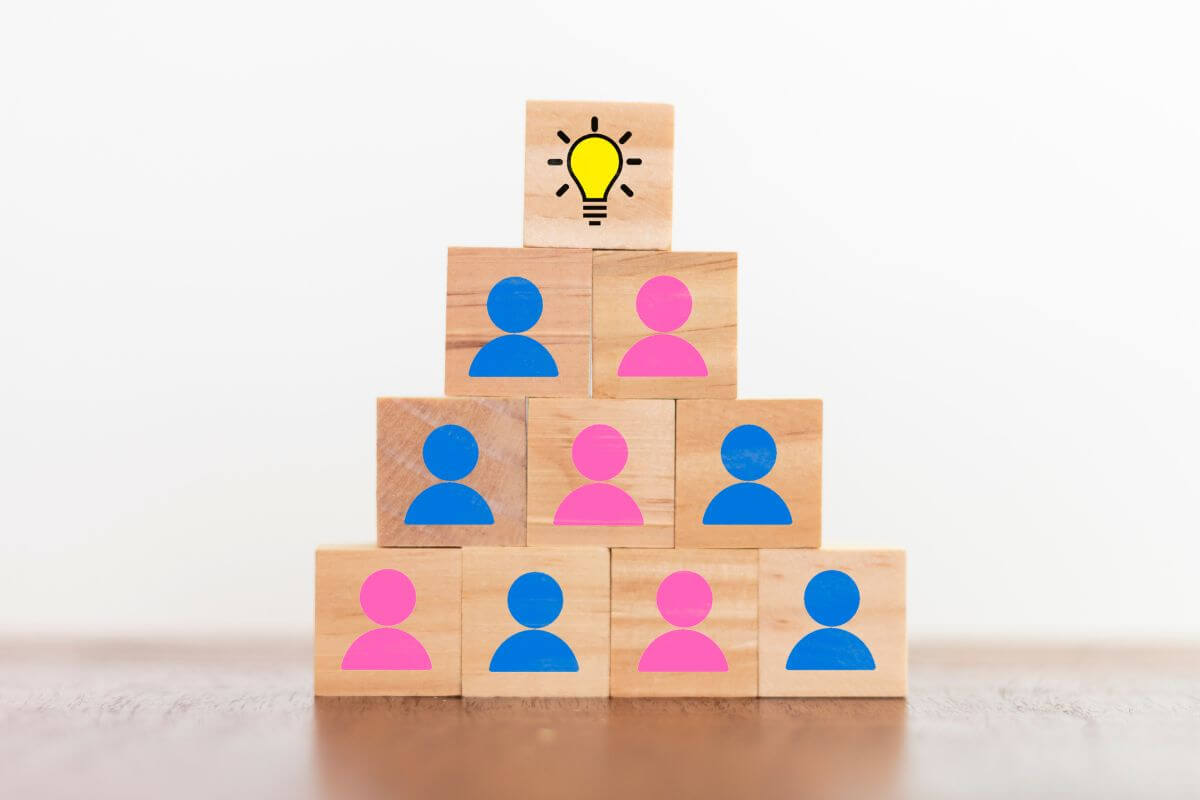
The state’s population is relatively evenly distributed between males and females.
According to the US Census, the sex ratio in Montana is 49.3% females to 50.7% males.
This balance in gender reflects the diverse makeup of the population and their contributions to the state’s workforce and society.
In terms of workforce participation, Montana offers equal opportunities for both men and women.
While gender representation may vary across specific occupations, the state does not discriminate based on gender when it comes to employment.
Montana has made efforts to promote gender equality in the workplace, aiming for fair hiring practices and equal pay for equal work.
Furthermore, it strives to address any disparities in income, educational attainment, and leadership positions between genders.
By providing support and resources, the state encourages both men and women to pursue higher education and acquire the skills and knowledge needed for leadership roles in various fields.
Montana recognizes the importance of promoting gender equality in all aspects of life, fostering a society where men and women can thrive and contribute to its vibrant communities.
Montana Population Demographics by Education
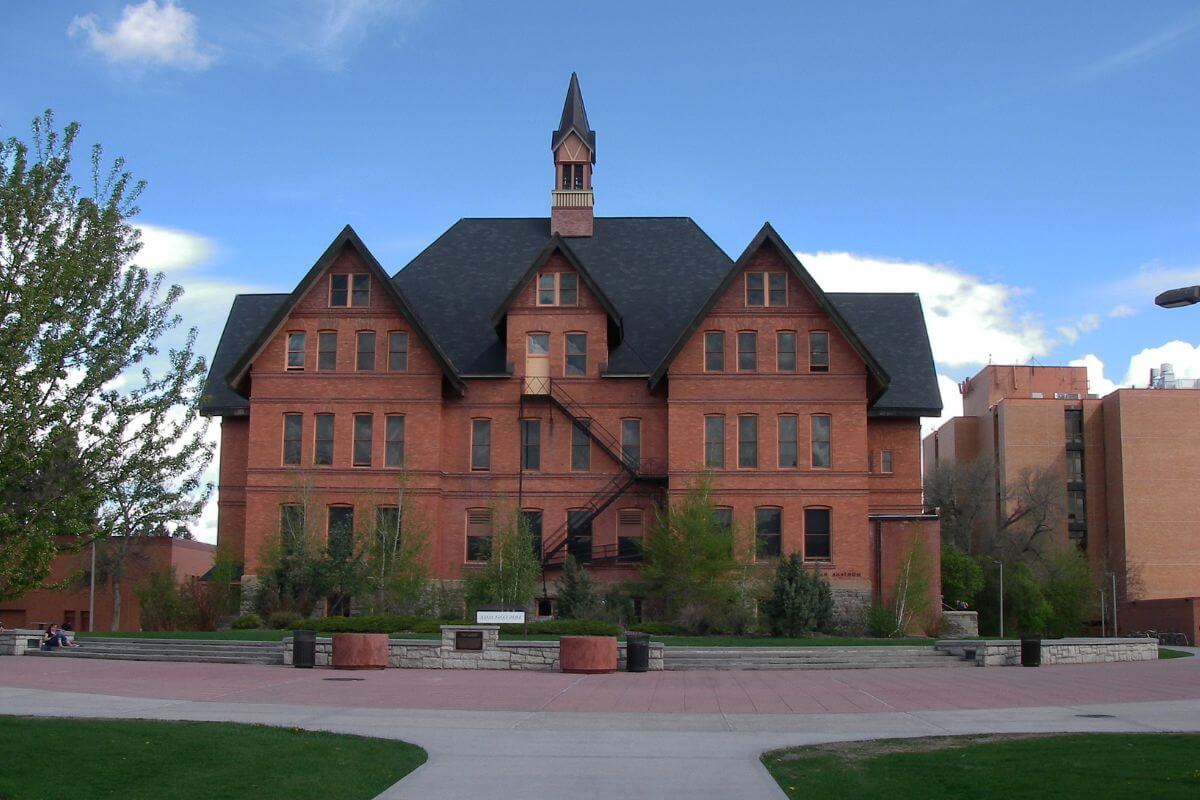
Montana boasts an astounding 94.4% of individuals aged 25 and over who hold a high school diploma or higher, reflecting a strong commitment to education.
Furthermore, 33.7% of Montanans aged 25 and over have earned a bachelor’s degree or higher, highlighting the state’s dedication to higher education.
To promote educational equality and reduce achievement gaps, the state has implemented initiatives to boost Native American education as well.
Recognizing the unique needs and challenges facing tribal schools, it has developed cultural programs and resources to support educational growth.
These efforts aim to increase educational attainment among Native American students, ensuring a level playing field for all Montanans.
Montana State University, a renowned institution, plays a pivotal role in shaping the educational landscape of Montana.
With a diverse student body that includes both white students and those from various backgrounds, the university contributes to the overall educational achievement of the state.
Montana is committed to fostering an environment where educational opportunities are accessible to all.
With a focus on reducing the poverty rate and closing achievement gaps, it is working to provide equal opportunities for educational success.
Montana Population Demographics by Income

In 2021, the median household income in Montana stood at $60,560, reflecting both the opportunities and challenges that Montanans faced when it came to their economic well-being.
Income inequality is a factor that cannot be ignored.
While the average income level is indicative of a certain economic stability, there are disparities across different groups and regions within the state.
According to the American Community Survey’s 5-year data profile of Montana from 2014-2019, males tended to outearn females based on median earnings by gender.
This gender gap in income highlighted the need for continued efforts to promote gender equality in the workforce.
In terms of income sources, earnings took the top spot as the primary source of household income in Montana based on the 5-year profile.
This was followed closely by social security, an important safety net for many residents, particularly retirees.
These income sources, along with other forms of government spending, contribute to the overall economic landscape and financial well-being of the state.
When it comes to personal income, Montana had a per capita income of $34,423 in 2021.
This measurement considers the average income for each resident, providing insights into the overall economic health of the state.
Moreover, Gallatin County and Yellowstone County reported the highest incomes.
It is essential to note that this region’s income demographics are not without their challenges.
The percentage of persons in poverty in Montana stood at 11.9% in 2021.
This highlighted the need for continued efforts to address poverty and promote economic opportunity for all residents.
By recognizing and addressing these income disparities, the state can work towards creating a more equitable and prosperous future for all its residents.
Montana Population Demographics by Religion

Across the vast expanses of this enchanting state, religious preferences sway through the hearts and minds of its residents.
Christian-based faiths claim the lion’s share, accounting for about 65% of Montana’s religious landscape.
Non-Christian-based faiths, on the other hand, make up a modest 5%, while a growing 30% remain unaffiliated with any organized religion.
When it comes to specific denominations, the religious census estimates that Montana is home to a vibrant mosaic of believers.
In this land of natural beauty, 51,000 Mormons find solace and spiritual fulfillment. Lutherans follow closely, with a devoted community of 43,000.
Pentecostal Christians make their presence known through their estimated 32,000 members. Baptists, with their deep sense of conviction, count at about 15,000 strong.
Methodist congregations, steeped in tradition, gather together around 11,000 faithful souls.
And let us not forget the Anabaptists, with their unwavering commitment, make up an inspiring community of around 7,800 members.
Whether you find solace in the sanctuary of a church or commune with nature to nourish your spirit, Montana offers a place for everyone to connect with their unique faith journey.
Montana’s Growing Population

The state’s annual population increase continues to showcase steady changes and trends.
According to the US Census, Montana has witnessed a significant rise in its population, from approximately 902,195 in 2000 to an estimated 1,122,867 in 2022.
This represents a population growth rate of about 19.65% over a little more than two decades.
The state’s population has been on a consistent rise, with the years 2020, 2021, and 2022 seeing annual increases of 1.58%, 1.76%, and 1.5% respectively.
The growth trends are intriguing, especially when we look at the distribution of establishments across Montana.
While the entire state has experienced some level of population growth, much of it has been concentrated in the Western Mountain region.
This comes as no surprise, considering the breathtaking landscapes and expansive public lands that make Montana an irresistible magnet for migrants and visitors alike.
What is particularly fascinating is the steady emergence of small cities as centers of commerce.
Gallatin County, in particular, has seen remarkable growth, with its largest city, Bozeman, becoming a bustling hub of economic activity.
These cities not only contribute to the population increase but also drive the growth potential of the state as a whole.
With favorable business conditions in urban centers and a thriving economy, Montana continues to attract individuals seeking a higher quality of life amid its spectacular scenery.
Montana’s growing population is a testament to the state’s allure and the opportunities it offers, and it’s showing no signs of slowing down anytime soon.
Montana Population Projections
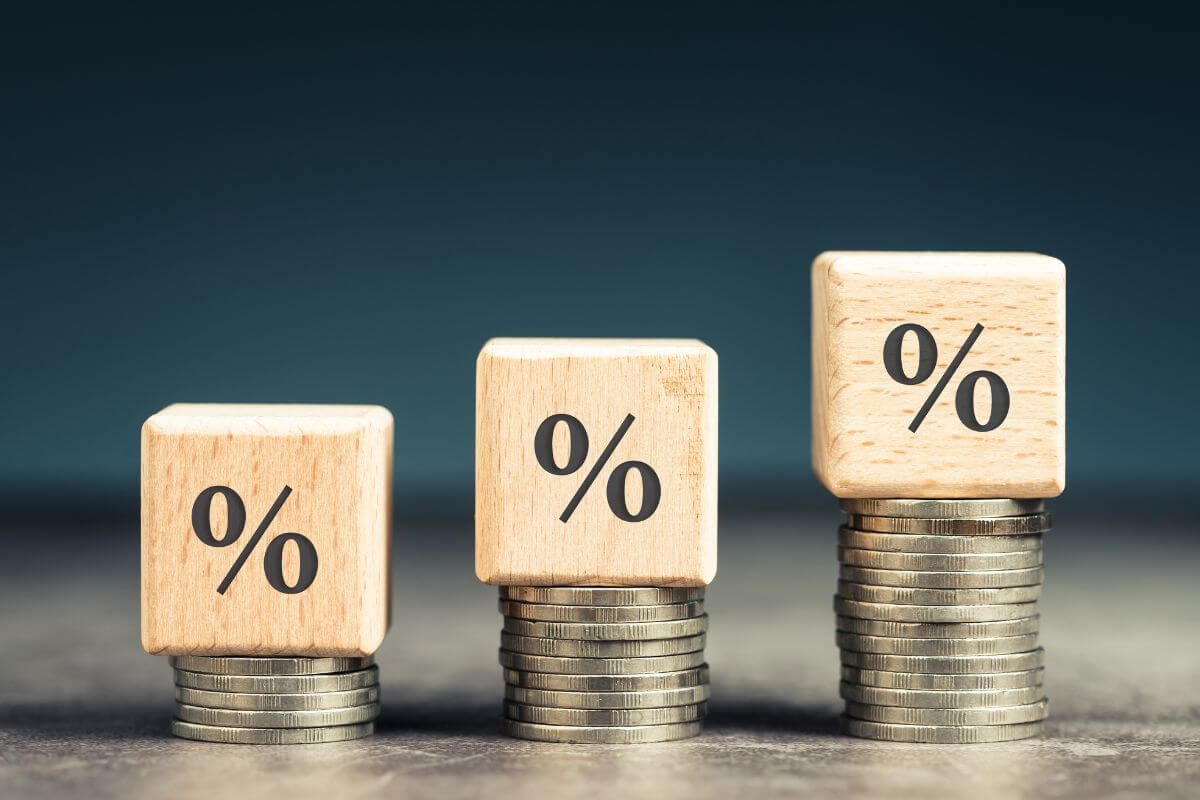
Montana’s population has been experiencing moderate growth in recent years, according to population trend data by the Montana Department of Commerce.
The agency’s projections are derived from the historical data of the overall population from the period 1994-2014.
| Year | Population | % Increase | Increase in Residents |
| 1994 | 861,308 | – | – |
| 2014 | 1,014,368 | 17.81% | 153,060 |
Building upon this pattern, the projected trajectory for the 2015-2025 period emerged.
| Year | Population | % Increase | Increase in Residents |
| 2015 | 1,023,075 | – | – |
| 2025 | 1,140,625 | 11.48% | 117,550 |
Looking toward the future, it is forecasted that Montana’s population will continue to grow, but certain factors could impact this growth.
One such factor is the increase in the elderly population, which could influence the overall population dynamics.
Montana’s population growth is also shaped by various industries, with agriculture and extractive industries playing significant roles.
These industries are expected to remain major players in shaping the state’s population moving forward.
As Montana’s population continues to evolve, it will be interesting to observe how trends develop in the years to come.
Montana’s Low Population Figures: Possible Reasons
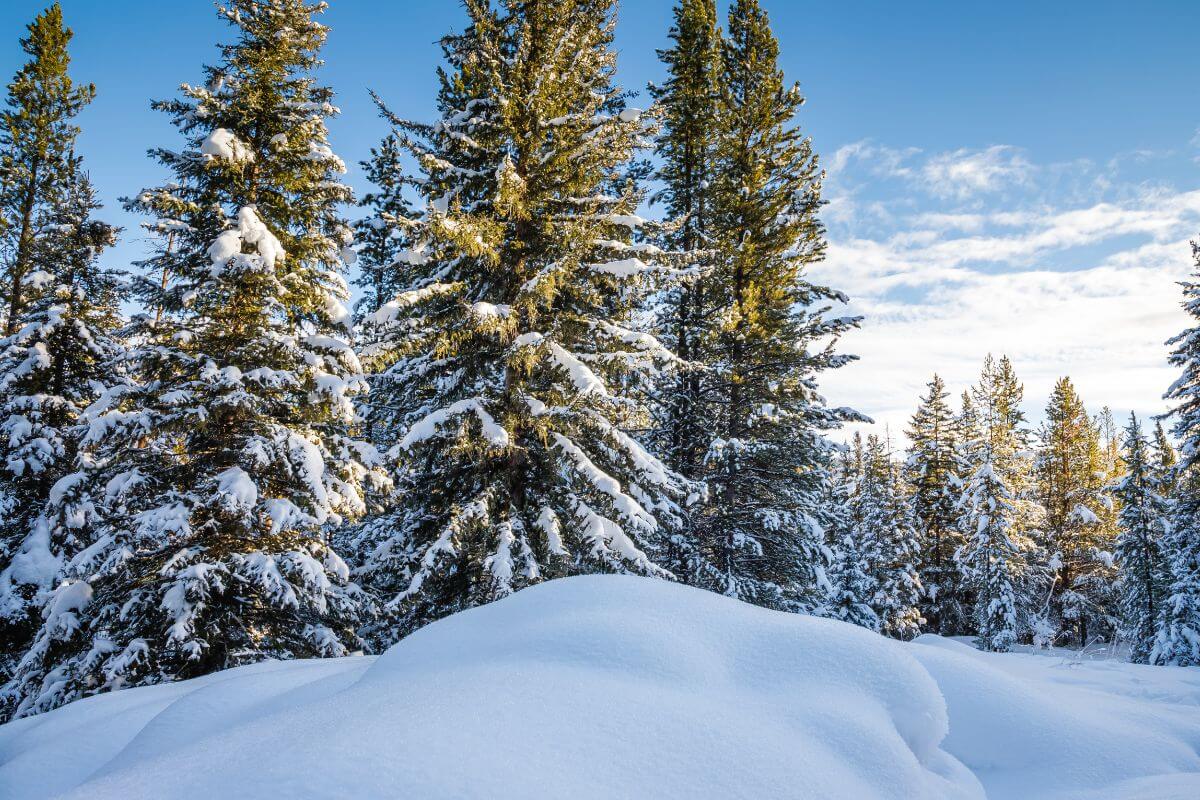
Montana has been experiencing steady population growth in recent years, and this trend is projected to continue.
However, despite this growth, the state remains lowly populated.
Additionally, the increase in resident numbers is primarily concentrated in the western region where scenic views are abundant and a peaceful lifestyle is more achievable.
Here are several reasons why Montana’s population figures remain relatively low:
1. Extreme Temperatures – The state’s harsh weather conditions, with freezing winters and scorching summers, can be challenging for individuals who are sensitive to cold or have difficulty with intense heat.
2. Abundance of Wildlife – Montana’s vast wilderness is home to a diverse range of wildlife, including bears and wolves. This requires residents to take extra precautions when engaging in outdoor activities to ensure their safety.
3. Limited Economic Opportunities Outside of Urban Centers – Montana’s heavy reliance on agriculture, tourism, and resource extraction limits job prospects in rural areas.
4. Limited Healthcare Accessibility – Residents living far from major cities may encounter challenges in accessing specialized medical care and may face longer travel times to reach healthcare providers.
5. Long Commutes to Work – Montana’s vast open spaces often require longer commutes to work. Traveling long distances to access job opportunities can be time-consuming and result in higher transportation costs for residents.
6. Remote Living – The state’s rural lifestyle may be isolating and challenging for individuals accustomed to bustling city life. Limited access to amenities and services can be a drawback for some individuals or families.
Despite these factors, Montana’s low population figures do not diminish the state’s appeal.
Its breathtaking landscapes, thriving agricultural production, and booming oil industry continue to attract residents and visitors alike.
Montana Low Population Figures Final Thoughts

Despite its moderate population growth and projected population pattern, Montana continues to have relatively low population figures relative to its vast size.
This all boils down to one key factor: Montana’s unique geography.
Montana’s distinctive geography presents a set of challenges that include extreme temperature fluctuations, abundant wildlife, and limited economic opportunities outside of urban centers.
While these qualities may appeal to nature lovers who desire a life of peace, they might not be as tempting to the quintessential city dweller.
Regardless of these hurdles to attracting a larger population, the charm of Montana’s stunning landscapes and its potential for economic growth continue to make it an appealing destination for tourists and migrants alike.
Montana Low Population Figures FAQs
1. What Is the Population Like in Montana?
Montana is a sparsely populated state, ranking 48th in terms of population density among US states.
As of 2022, the US Census data shows that Montana’s population stands at 1,122,867, with a population density of 6.86 people per square mile.
2. How Is Montana’s Population Racially Distributed?
According to the latest US Census data, here is a breakdown of Montana’s racial distribution:
- White Americans – 88.7%
- Black or African Americans – 0.6%
- American Indians and Alaska Natives – 6.5%
- Asian Americans – 1.1%
- Native Hawaiians and Other Pacific Islanders – 0.1%
- Two or More Races – 3.0%
- Hispanics or Latinos – 4.5%
- White Americans alone (not Hispanic or Latino) – 85.3%
3. Why Does Montana Have a Small Population?
According to the US Census data as of 2022, Montana’s total population is 1,122,867. It also has a low population density of only 6.86 people per square mile.
The modest statistics can be attributed to Montana’s distinctive geography, which has bestowed the state with the following attributes:
- Extreme Temperatures
- Abundant Wildlife
- Limited Economic Opportunities Outside of Urban Centers
- Limited Healthcare Accessibility
- Long Commutes to Work
- Remote Living
4. What Is the Population Prediction for Montana?
According to the Montana Department of Commerce, there is an 11% projected increase in the number of residents between 2015 and 2025.
This means that the population of Montana, which was at 1,023,075 in 2015, is expected to reach 1,140,625 by 2025, welcoming a significant influx of 117,550 new residents.
5. Is Montana a Good Place to Live?
Yes, it is! Montana’s natural beauty is breathtaking, with its majestic mountain ranges, stunning national parks, and picturesque landscapes.
Additionally, Montana boasts a low population density, allowing for a sense of tranquility and plenty of open space to explore and enjoy.
Outdoor recreational activities are abundant here, from hiking and fishing to skiing and wildlife spotting.
If you want to discover more of Montana’s captivating wonders, don’t hesitate to check out these enriching reads about the beautiful state:
- https://mhs.mt.gov/education/IEFA/1stPeoples.pdf
- https://leg.mt.gov/content/Publications/fiscal/2021-Interim/Jan-2020/Demographic-Report-FINAL.pdf
- https://opi.mt.gov/
- https://mtcf.org/womens-foundation/
- https://dphhs.mt.gov/sltc/aging
- https://commerce.mt.gov/Research-Publications
- https://www.umt.edu/this-is-montana/columns/stories/montana_regions_2of3.php
- https://www.acf.hhs.gov/ana/fact-sheet/american-indians-and-alaska-natives-numbers
- https://www.cdc.gov/nchs/pressroom/states/montana/mt.htm
- https://mt.gov/discover/brief_history.aspx
- https://www.census.gov/quickfacts/fact/table/MT/PST045222
- https://www.umt.edu/this-is-montana/columns/stories/montana_regions_2of3.php
- https://commons.wikimedia.org/wiki/File:Montana_State_University_Bozeman,_Montana_Hall.jpg

